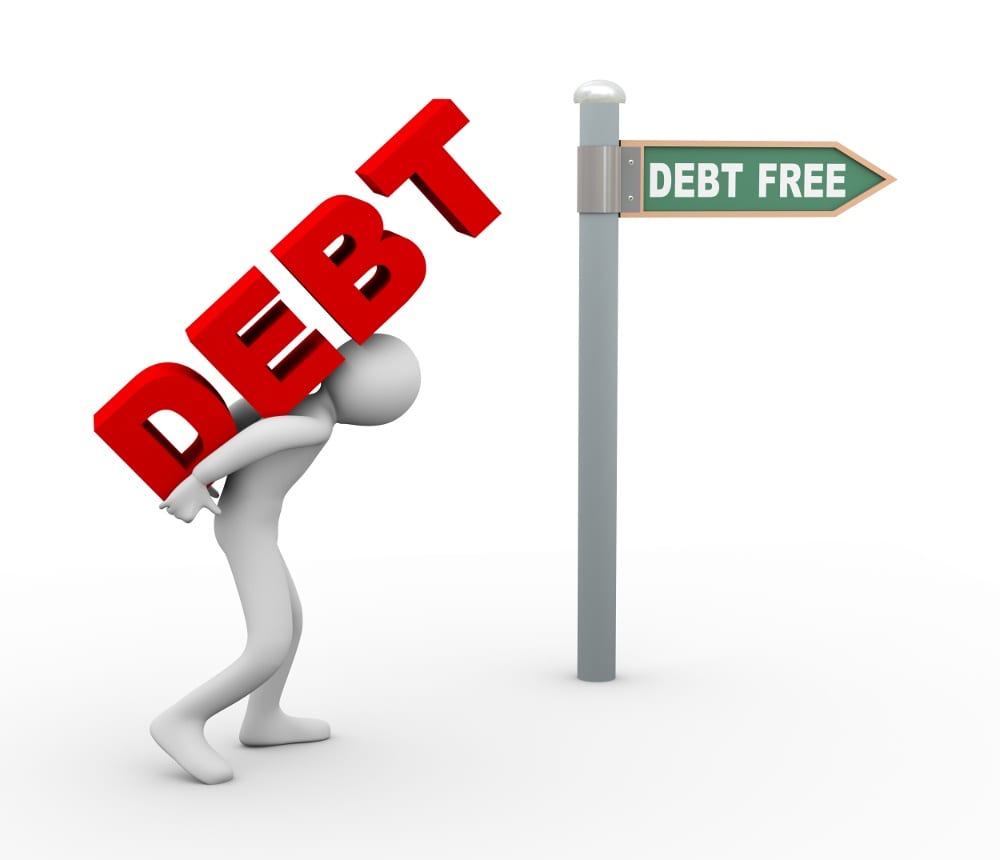If you are laden with a lot of consumer debt, traditional wisdom says that you should pay off your higher interest rate debt first. But, an alternative method incorporates a psychological element which may keep you motivated.
Here’s how it works…
First, make a list of all of your consumer debt: credit cards, car payments, loan payments – even your house payment.
Now, here’s where you deviate from the traditional school of thought about debt reduction: arrange your list according to THE DEBT WITH THE SMALLEST OUTSTANDING BALANCE.
Begin paying minimum payments on all outstanding debt EXCEPT the debt with the SMALLEST balance. Scrape up as much extra income as possible and begin paying as much as you possibly can towards paying off THIS debt.
Wait a minute? Aren’t we supposed to pay off the higher interest debt first? Some would say so – and if you are looking at it from a purely monetary viewpoint – yes. Paying off higher interest debt first will result in the lowest total amount paid after all is paid off.
However, it may take several years to pay off your higher interest rate debt and many people will lose motivation. The beauty of paying off your LOWEST BALANCE instead of your highest rate first is that you get to see 1 or 2 debts disappear very fast. And then, of course, you begin taking those payments and applying them to the next debt with the smallest balance.
Seeing your debts drop off quickly like this may help motivate you to stick with your debt-reduction plan as opposed to waiting for years to see your first debt drop off.
Here’s an example:
- Debt A: balance of $4000, and a minimum payment of $75.00.
- Debt B: balance of $2000, and a minimum payment of $50.00.
- Debt C: balance of $6000, and a minimum payment of $100.00
Okay, let’s say you have $300.00 of extra income you can put towards debt reduction each month.
Start with Debt A and apply all $300.00 toward that debt. Note that the minimum payment is only $75.00 so this debt is going to pay off very quickly.
Once you have paid off Debt A, take the $300.00 AND the $75.00 you were paying on Debt A AND the $50.00 (minimum payment for Debt B) and apply all to Debt B for a total of $425.00. Paying $425.00 towards Debt B as opposed to $50.00 is going to result in this load getting paid off very fast.
Once Debt B is paid off, you are going to pay all ($300 extra income + $75.00 form Debt A + $50.00 from Debt B + $100.00 for Debt C) towards Debt C for a total payment of $525.00!
By “snowballing” your debt payments according to PAY-OFF TIME as opposed to interest rate, you are going to have the satisfaction of seeing some early debt pay off quickly which will motivate you to keep going.
Whichever method you choose, get on the road to financial independence now.
Remember, “…the borrower is slave to the lender.” (Proverbs 22:7)
